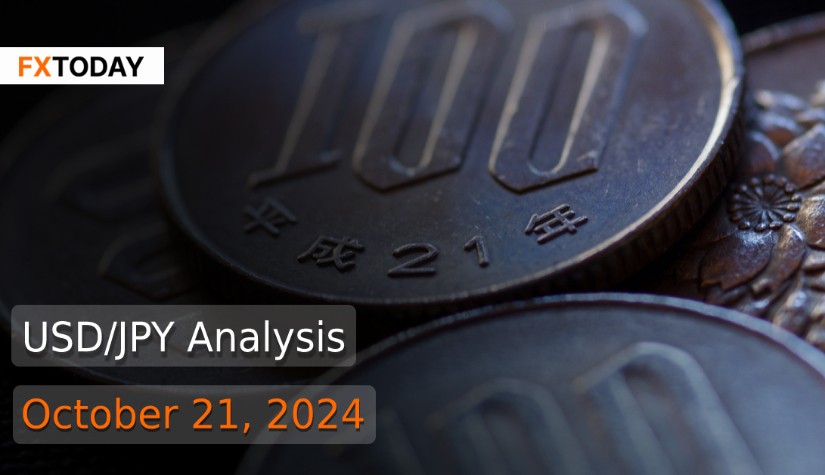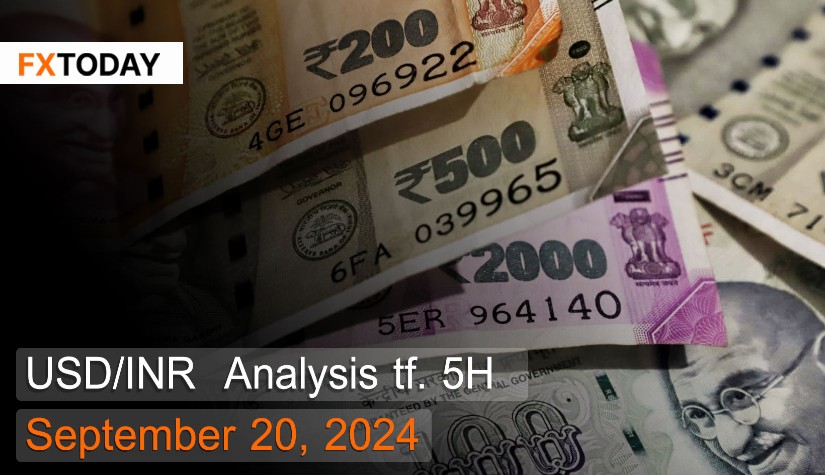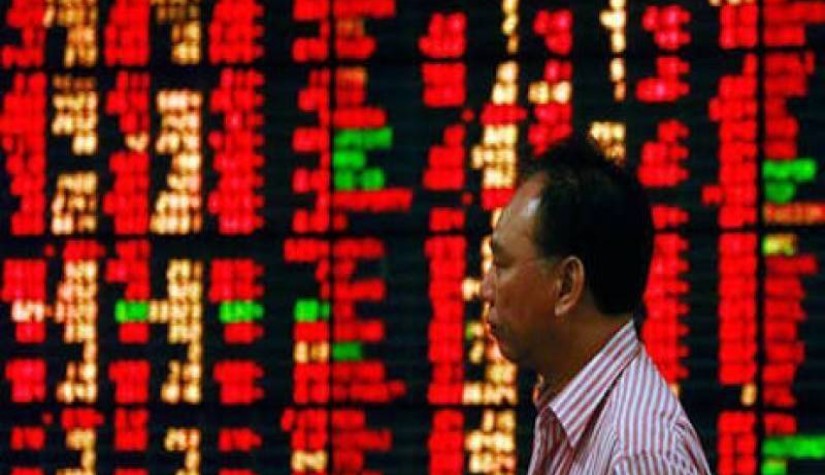Japan’s Inflation Slows as BOJ Monitors Wage Growth and Economic Risks
Japan's core inflation slowed in September due to energy subsidies, but excluding fuel, inflation remained stable. This suggests that underlying price pressures could lead to further interest rate hikes by the Bank of Japan (BOJ). A Reuters poll showed that Tokyo's inflation, a key indicator of national trends, likely fell below the BOJ’s 2% target in October. Weak services inflation casts doubt on the BOJ's view that wage growth will sustain consumption and keep inflation at 2%.
Japan's largest labor union, Rengo, announced plans to push for at least a 5% wage increase in 2025, but economists doubt this target is feasible. The BOJ will closely monitor wage negotiations, as sustained wage growth is crucial to its efforts to normalize monetary policy. Despite the uncertainty, wage growth is expected to support inflation around the 2% target, though smaller firms may struggle to meet wage demands.
Japan's exports fell for the first time in 10 months in September, due to weaker demand from China and the U.S. A stronger yen, following a BOJ rate hike in July, further reduced the value of exports. The BOJ faces challenges as global demand weakens, which may complicate its plans to exit years of ultra-easy monetary policy. Despite this, the BOJ is expected to keep rates steady at its upcoming October meeting, while forecasting inflation to hover around 2% until 2027.
Additionally, core machinery orders, a leading indicator of future capital spending, fell for two consecutive months, with a 1.9% drop in August, suggesting that Japan's economic recovery may be pausing.
Japanese Prime Minister Shigeru Ishiba's administration is set to launch a significant new spending package, exceeding last year's 13 trillion yen ($87 billion), signaling a departure from his earlier calls for fiscal discipline. This decision, aimed at supporting economic recovery, comes amid rising living costs and will likely require substantial borrowing, further increasing Japan's already high public debt, which is more than twice the size of its economy.
The move makes Japan an outlier among developed nations, most of which have scaled back crisis-level spending. The Bank of Japan (BOJ), in contrast, has begun raising interest rates to counter inflation, raising concerns that increased borrowing could push up funding costs. Although yields on 10-year Japanese government bonds (JGBs) remain below 1% due to expectations of gradual rate hikes, more debt issuance could dampen bond market sentiment. Analysts warn that issuing over 10 trillion yen in new debt, as expected, could strain the bond market further.
At the same time, the BOJ is facing challenges in its monetary policy. Governor Kazuo Ueda has stressed the need to monitor global economic risks, particularly uncertainties in the U.S. and Chinese economies, as well as market volatility. The BOJ’s policymaker Seiji Adachi recently warned that further rate hikes must be "moderate" to avoid harming inflation and wage growth, particularly as the yen’s recovery from multi-decade lows could reduce import costs and ease inflationary pressures.
The recent boost in the U.S. dollar, attributed to Donald Trump's rising chances in the 2024 presidential election, may not be sustained in the medium term, according to UBS. While a Trump victory is expected to lead to a short-term dollar rally, UBS advises selling off any strong gains, as they do not see Trump as a lasting positive factor for the currency. The race between Trump and Vice President Kamala Harris remains tight, with some polls showing Trump slightly ahead.
In the housing sector, U.S. single-family home construction hit a five-month high in September, though future building permits showed only slight growth. Despite recent gains, high mortgage rates continue to weigh on housing market activity, with economists expecting the sector to remain a drag on economic growth in the third quarter.
Meanwhile, the U.S. budget deficit for fiscal 2024 reached $1.833 trillion, the highest since the pandemic era, driven by increased spending on Social Security, healthcare, and military programs. This growing deficit, alongside increasing interest on federal debt, could become a focal point in the upcoming presidential election. Trump’s proposals are projected to add significantly more to the national debt compared to Harris’ plans.
In other financial news, Barclays reports that U.S. consumers remain resilient, though some signs of slowing spending growth are emerging, particularly among lower-income households. While the holiday season may reveal more split spending patterns between income groups, Barclays remains optimistic that any softening will not lead to a major downturn. Additionally, recent economic data suggests that U.S. consumption remains a key strength, helping maintain elevated dollar values despite recent Federal Reserve rate cuts.
Data for Technical Analysis (1H) CFD USD/JPY
Resistance : 149.26, 149.31, 149.38
Support : 149.12, 149.07, 149.00
1H Outlook
Source: TradingView
Buy/Long 1 If the support at the price range 149.00 – 149.12 is touched, but the support at 149.12 cannot be broken, the TP may be set around 149.29 and the SL around 148.94, or up to the risk appetite.
Buy/Long 2 If the resistance can be broken at the price range of 149.26 – 149.38, TP may be set around 149.63 and SL around 149.06, or up to the risk appetite.
Sell/Short 1 If the resistance at the price range 149.26 – 149.38 is touched, but the resistance at 149.26 cannot be broken, the TP may be set around 149.10 and the SL around 149.44, or up to the risk appetite.
Sell/Short 2 If the support can be broken at the price range of 149.00 – 149.12, TP may be set around 148.84 and SL around 149.32, or up to the risk appetite.
Pivot Points Oct 21, 2024 03:30AM GMT
|
Name
|
S3
|
S2
|
S1
|
Pivot Points
|
R1
|
R2
|
R3
|
|---|---|---|---|---|---|---|---|
| Classic | 148.91 | 149 | 149.1 | 149.19 | 149.29 | 149.38 | 149.48 |
| Fibonacci | 149 | 149.07 | 149.12 | 149.19 | 149.26 | 149.31 | 149.38 |
| Camarilla | 149.16 | 149.18 | 149.19 | 149.19 | 149.23 | 149.24 | 149.26 |
| Woodie's | 148.93 | 149.01 | 149.12 | 149.2 | 149.31 | 149.39 | 149.5 |
| DeMark's | - | - | 149.06 | 149.17 | 149.25 | - | - |
Sources: Investing 1, Investing 2
















